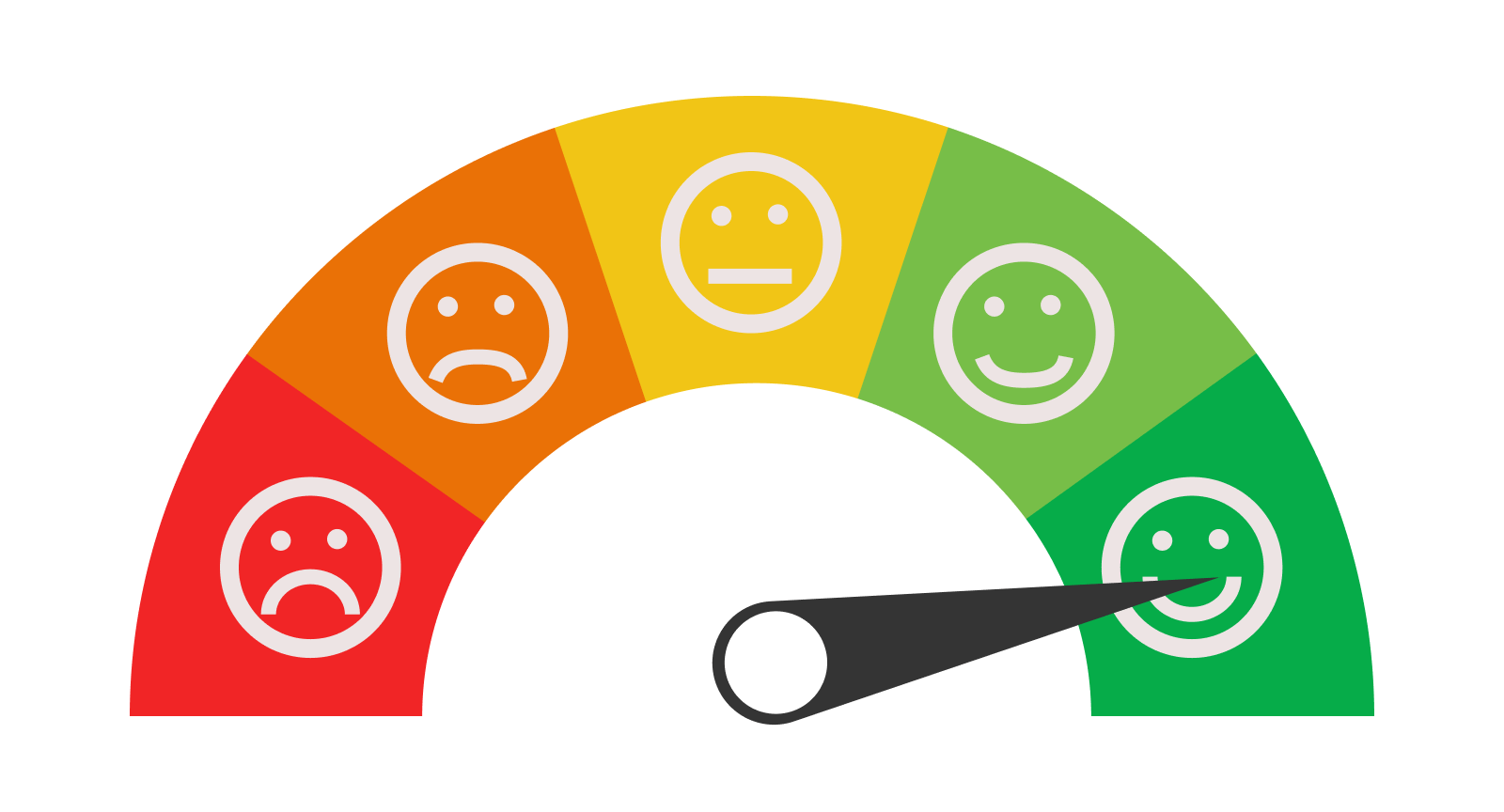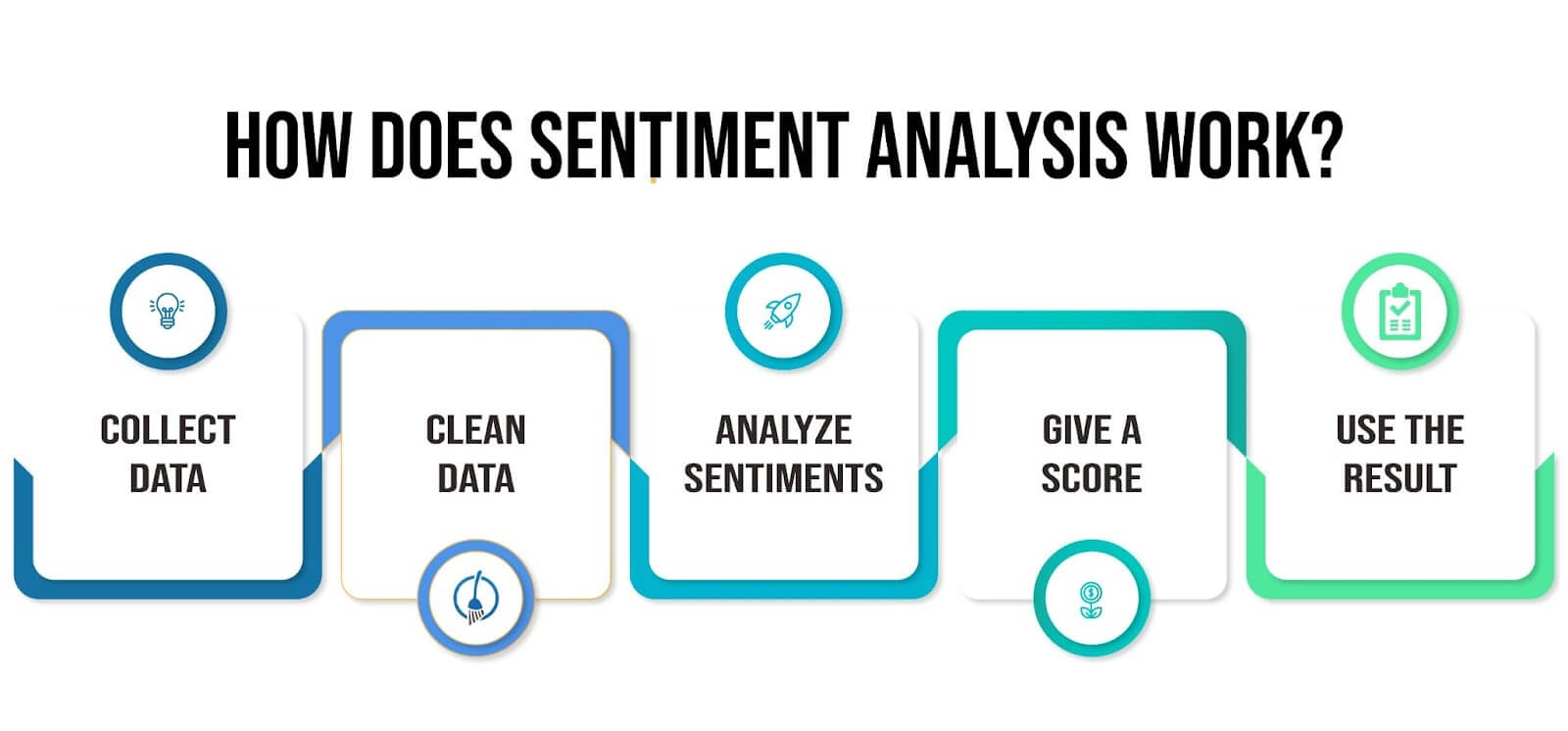
Call centers are more than just support hubs—they are crucial touchpoints in the customer journey that can significantly influence satisfaction and loyalty. As such, adopting effective monitoring and analysis technologies is not just beneficial; it's imperative for staying competitive. Real-time monitoring systems and post-call analysis are two key strategies modern call centers leverage to optimize interactions and elevate service quality.
This blog explores the essential roles of real-time monitoring and post-call analysis in call centers, highlighting how tools like Convin's AI-driven solutions.
Navigate between real-time monitoring and post-call analysis with Convin!
What is Real-Time Monitoring in Call Centers?
Real-time monitoring in call centers is critical to effectively managing customer interactions. It entails the continuous observation and evaluation of live communications between agents and customers.
1. Definition and Core Concept

- Real-Time Monitoring Definition: Real-time monitoring refers to the process where supervisors and quality assurance teams actively watch and analyze live interactions between call center agents and customers. This process is facilitated by advanced real-time monitoring software that captures and processes communication in real time.
- Purpose: The primary aim is to ensure that all customer interactions are conducted professionally, adhere to company standards, and comply with legal and regulatory requirements. It provides a foundation for immediate feedback and corrective actions during customer interactions.
2. Key Components of Real-Time Monitoring Systems
a. Real-Time Monitoring Systems and Tools
- Real-Time Monitoring Software: These are specialized applications designed to facilitate the observation and analysis of live communications. Features might include live call listening, screen monitoring, and real-time alerts.
- Integration with Other Tools: Effective real-time monitoring systems are often integrated with CRM software and other analytics tools to provide a comprehensive view of customer interactions and data-driven insights.
b. Technologies Behind Real-Time Monitoring
- AI and Machine Learning: Many modern real-time monitoring systems incorporate AI technologies to automate parts of the monitoring process. For example, speech recognition can be used to transcribe calls and analyze them for compliance with scripts and sentiment.
- Analytics Capabilities: Advanced analytics help identify patterns and trends in real-time, allowing managers to make informed decisions quickly.
Why You Need Post-Call Analysis in Call Centers?
Post-call analysis in call centers serves as a crucial component for continuous improvement in customer service management. By thoroughly examining each interaction after it occurs, organizations gain actionable insights that drive better performance and enhanced customer experiences. Here's a detailed breakdown of why post-call analysis is indispensable.
1. Focus and Impact
- Focus: The primary objective of post-call analysis is to meticulously assess the quality of each call regarding agent performance, adherence to protocols, and customer satisfaction. This process is vital for identifying both strengths and areas requiring attention.
- Impact: Effective post-call analysis leads to several tangible benefits, including improved agent training programs, better customer retention strategies, and more efficient use of resources. It directly influences the overall operational efficiency of call centers by providing a foundation for data-driven decisions.
2. Real-Life Application
- Application: Post-call analysis enables call centers to implement targeted coaching for agents based on specific interaction outcomes. By identifying common mistakes or areas where agents struggle, training can be personalized, which significantly enhances learning effectiveness and performance.
- Benefits: This strategic approach optimizes training efforts and ensures that agents are more confident and capable of handling similar situations in the future, leading to higher-quality customer service and increased customer loyalty.
3. Connection with Real-Time Monitoring Systems
Integrating post-call analysis with real-time monitoring systems creates a comprehensive oversight mechanism for call centers. Here’s how they complement each other.

- Real-Time Feedback Integration: While real-time monitoring provides immediate feedback to agents during calls, post-call analysis offers a retrospective in-depth review of each call. Combining these approaches ensures that agents receive both instant corrections and detailed post-call feedback, maximizing learning and performance improvement opportunities.
- Enhanced Technological Framework: Utilizing real-time monitoring software or tools in conjunction with post-call analysis techniques can significantly streamline both processes. For example, a real-time monitoring system equipped with AI capabilities can flag unusual call patterns as they occur, prompting deeper analysis in the post-call review.
- Holistic Performance Management: Real-time systems and post-call analysis tools collectively offer a holistic view of agent performance and customer satisfaction trends. This dual approach not only helps in fine-tuning agent skills based on real-time data but also in making strategic decisions based on comprehensive post-call insights.
By emphasizing both real-time and retrospective analysis, call centers can ensure a well-rounded strategy that continually enhances customer interaction quality, optimizes agent performance, and ultimately drives better business outcomes.
Results first, payment later.
Operational Benefits of Implementing Real-Time Monitoring
The operational benefits of implementing real-time monitoring in call centers are extensive and transformative. By integrating this technology, organizations can significantly enhance agent performance, improve customer satisfaction, and ensure strict adherence to compliance and standardization requirements.
1. Enhanced Agent Performance
- Focus: The primary focus here is on elevating the capabilities and performance of call center agents through direct and immediate feedback.
- Impact: Real-time monitoring leads to quicker learning curves and more proficient handling of calls, as agents receive instant corrections and guidance.
- Example: Consider a scenario where an agent struggles with handling objections. Real-time monitoring software can prompt and guide the agent on effective strategies to overcome objections during the call itself.
- Use Case: In high-volume sales call centers, real-time feedback helps agents improve their sales techniques on the spot, directly impacting conversion rates.
2. Improved Customer Satisfaction

- Focus: Tailoring interactions to meet each customer's specific needs and contexts.
- Impact: Enhanced personalization and problem-solving capabilities increase customer satisfaction and loyalty.
- Example: If a customer is frustrated due to a misunderstanding about a product feature, real-time monitoring tools can cue the agent with the correct information to clarify and resolve the issue immediately.
- Use Case: In technical support centers, real-time data about the customer’s issue and past interactions can enable agents to provide more effective solutions quickly.
3. Compliance and Standardization

- Focus: Ensuring all interactions adhere to legal standards and company policies.
- Impact: Minimizes the risk of legal penalties and enhances quality consistency across all customer interactions.
- Example: In financial services, where compliance with regulations is critical, real-time monitoring can alert supervisors if an agent accidentally begins to share sensitive information that is not compliant with GDPR or other privacy laws.
- Use Case: Regular audits and real-time compliance checks ensure that all agents meet the required standards, maintaining a uniform level of service quality.
4. Increased Operational Efficiency
- Focus: Streamlining operations and reducing the need for extensive post-call analysis and training.
- Impact: Reduces operational costs by decreasing the time spent on training and manual call reviews.
- Example: Real-time monitoring systems can automatically analyze speech patterns and call metrics to offer on-the-fly coaching, significantly reducing the manpower needed for training sessions.
- Use Case: For a large-scale customer service operation, integrating a real-time monitoring tool can drastically cut down on the hours spent in reviewing call recordings, allowing managers to focus on more strategic activities.
5. Real-Time Decision Making
- Focus: Empowering agents and managers to make informed decisions during customer interactions.
- Impact: Enhances the ability to respond to dynamic situations with the most current information, improving outcomes of customer interactions.
- Example: During a service outage, real-time monitoring tools can provide agents with the latest updates and troubleshooting steps to inform customers accurately, helping to manage expectations and reduce panic.
- Use Case: In crisis situations or when dealing with a high influx of customer queries, real-time monitoring allows managers to dynamically allocate resources and direct agents on how to handle the surge effectively.
By focusing on these aspects, call centers can leverage real-time monitoring systems and software to refine their operational processes and create a more responsive and effective customer service environment.
The Power of Real-Time Monitoring and Strategic Post-Call Analysis
1. Real-Time Monitoring in Call Centers: Use Cases and Examples
a. Performance Assessment
- Scenario: During high-traffic periods, supervisors use real-time monitoring tools to observe agents’ interactions with customers to ensure they adhere to protocols and provide quality service.
- Use Case: This application allows managers to immediately identify and address performance issues, such as deviations from the script or improper handling of customer complaints, ensuring that service quality remains high.
b. Training and Onboarding
- Scenario: New agents are monitored in real-time as they handle their initial calls, with a supervisor or a senior agent providing immediate feedback and guidance through a real-time monitoring software.
- Use Case: This approach accelerates the training process, helps new hires adapt faster to the call center environment, and instills confidence by ensuring support is readily available.
c. Compliance Monitoring
- Scenario: Call centers dealing with sensitive information, like in banking or healthcare, use real-time monitoring systems to ensure all conversations comply with legal standards and company policies.
- Use Case: Real-time alerts notify supervisors if sensitive information is mishandled or if there is a potential breach, allowing immediate corrective actions.
d. Customer Experience Optimization
- Scenario: Real-time sentiment analysis tools are employed to gauge customer emotions and satisfaction levels during calls, enabling agents to adjust their approach dynamically.
- Use Case: If a customer is detected to be frustrated, the system can suggest or automatically route the call to a specialized team or provide on-screen prompts to the agent on how to handle the situation, enhancing customer satisfaction.
e. Resource Allocation
- Scenario: During unexpected spikes in call volume, real-time monitoring tools analyze incoming calls and available resources to optimize the distribution of calls among agents.
- Use Case: This ensures that every customer call is attended promptly and efficiently, maintaining service level agreements and preventing agent overload.
2. Post-Call Analysis in Call Centers: Use Cases and Examples
a. Quality Assurance
- Scenario: After calls are completed, a post-call analysis tool reviews interactions based on predefined quality criteria to score agent performance.
- Use Case: This helps identify trends or common issues across calls, such as improper product knowledge or customer handling skills, which can then be addressed in targeted training sessions.
b. Customer Feedback Integration
- Scenario: Customer surveys and feedback are analyzed alongside call recordings to provide a comprehensive view of customer satisfaction and agent effectiveness.
- Use Case: This dual analysis helps correlate customer feedback with actual call performance, guiding improvements in service strategies and personalization efforts.
c. Agent Coaching and Development
- Scenario: Call recordings and performance metrics from previous interactions are used to create personalized coaching sessions for agents.
- Use Case: By focusing on specific areas of improvement identified through post-call analysis, training can be more effective and directly targeted to the needs of each agent.
d. Process Improvement
- Scenario: Post-call analysis identifies patterns and bottlenecks in the customer service process, such as repeated calls for the same issues or lengthy resolution times.
- Use Case: Insights gained from these analyses drive process refinements, such as introducing more efficient problem-solving steps or automating routine inquiries, enhancing overall operational efficiency.
e. Strategic Planning
- Scenario: Long-term trends and outcomes from call data are analyzed to assist in strategic decision-making about future call center operations.
- Use Case: This data-driven approach allows call centers to allocate resources more effectively, plan staffing levels, and even influence product development based on customer feedback trends.
These scenarios showcase how real-time monitoring and post-call analysis are indispensable tools in modern call centers, each serving distinct but complementary roles in enhancing service quality, agent performance, and customer satisfaction.
Convin's Role in Enhancing Post-Call Analysis with AI
Convin leverages cutting-edge AI technologies to enhance post-call analysis, ensuring call centers can dramatically improve their customer service management through various sophisticated tools.
Here’s a detailed look at each tool and its specific functionalities, focusing on their impacts and use cases, especially relating to real-time monitoring capabilities.
1. Auto QA (Automated Quality Assurance)

- Focus: This tool primarily focuses on the automated assessment of all customer interactions across various channels to ensure consistent quality and compliance with standards.
- Impact: Auto QA minimizes the need for manual quality checks, thus saving time and reducing human error. It enhances the overall efficiency of quality management processes in call centers.
- Example: If an analysis reveals frequent customer complaints during evening shifts, management can investigate further and adjust strategies or training accordingly.
- Use Case: Auto QA is beneficial in high-volume call environments where it's challenging to review every interaction manually. For example, a telecom service provider might use Auto QA to monitor and evaluate thousands of daily customer interactions for quality and adherence to service protocols.
2. Automated Coaching

- Focus: Auto Coaching focuses on identifying developmental opportunities for agents based on their interaction analytics, facilitating personalized training and performance enhancement.
- Impact: By automating coaching, Convin reduces the time supervisors need to spend on training, thus allowing them to focus more on strategic tasks. It also speeds up the onboarding process for new agents.
- Example: If an agent consistently struggles with closing sales calls, Auto Coaching can provide them with targeted strategies and behaviors modeled from high performers.
- Use Case: Auto coaching is useful for any call center aiming to improve specific KPIs such as sales conversion rates or customer service ratings. For instance, a financial services call center could use It to improve agents' compliance with regulatory requirements.
3. Voice of Customer

- Focus: This advanced tool analyzes the content of conversations to extract meaningful insights about interactions, customer sentiments, and agent performance.
- Impact: Automated Conversation Analysis helps in recognizing communication patterns that lead to successful outcomes or, conversely, to customer dissatisfaction.
- Example: By analyzing conversations, the tool might identify that successful sales calls often include specific phrases or sentiment tones, which can then be taught to other agents.
- Use Case: This tool optimizes sales strategies or improves complaint handling. For example, a call center focused on technical support might use conversation analysis to identify top-performing agents' most effective problem-solving techniques.
By integrating these tools, Convin provides a robust solution for real-time and post-call analysis in call centers, ensuring higher quality standards, better compliance, and improved customer satisfaction across the board.
Elevating Call Center Operations with Strategic Insights
Integrating real-time monitoring and post-call analysis into call center operations offers invaluable benefits. With advanced tools like Convin’s AI-driven solutions, call centers can meet and exceed customer expectations, ensuring continuous improvement and sustained success in customer relations. By adopting these technologies, call centers can transform their service delivery and operational efficiency, setting new customer engagement and support standards.
Discover the transformative power of real-time Agent Assist with Convin—contact us today to elevate your customer service experience!
FAQs
1. Why is real-time monitoring important?
Real-time monitoring is crucial because it enables immediate response and correction during crucial operations, enhancing performance and security in various systems.
2. What is real-time monitoring in a call center?
In a call center, real-time monitoring involves supervising agents' calls as they happen to ensure adherence to protocols and maintain customer service quality.
3. What does live monitoring mean?
Live monitoring refers to the continuous observation and analysis of activities or processes in real-time to manage and respond to events as they occur.
4. What is real-time remote monitoring?
Real-time remote monitoring involves tracking and managing operations, systems, or processes from a distance as they happen, using technology to receive immediate data.
5. What is an example of near real-time monitoring?
An example of near real-time monitoring is tracking website traffic with a short delay, allowing webmasters to see visitor behavior and trends almost as they occur.































.webp)










